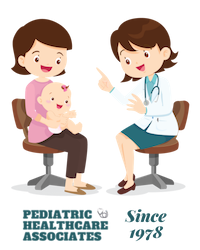Sunburn: What Every Parent Should Know—From Prevention to Pediatric Care
Sunburn is a common and often underestimated risk for children, especially during the summer months. As parents, understanding what sunburn is, how it develops, and when to seek help from your Altoona pediatric provider is essential for keeping your child safe and comfortable.
What Is Sunburn?
Sunburn occurs when the skin is exposed to too much ultraviolet (UV) light, resulting in red, painful, and sometimes blistered skin. The redness, pain, and swelling typically begin around four hours after sun exposure, peak at 24 hours, and start to improve after 48 hours. Most sunburns are first-degree burns, causing the skin to turn pink or red. However, prolonged exposure can lead to blistering and second-degree burns. In rare cases, severe sunburn can even cause third-degree burns or scarring.
Causes of Sunburn
Sunburn is caused by direct exposure to the sun’s UV rays. Importantly, clouds do not provide complete protection—up to 70% of UV light can penetrate cloudy skies. Sunburn can also be caused by reflected rays from surfaces like snow (which reflects 80% of UV rays), sand (20%), and water (5%). Additionally, artificial sources such as tanning lamps, sun lamps, and tanning beds—common among teens—can also cause significant sunburn.
Why Sunburn Is Sneaky
Many parents are surprised when their child gets a sunburn because there are no immediate warning signs while the burn is happening. Redness and pain usually appear hours after exposure and continue to worsen, peaking at 24 to 36 hours. This delay means that prevention and early intervention are key.
Managing Sunburn at Home
For mild sunburn, care at home is usually sufficient. Cool baths or compresses can help soothe the skin, and moisturizing lotions or aloe vera can provide relief. Keeping your child well-hydrated is also important. If you suspect your child has had too much sun, it’s wise to start ibuprofen early—this anti-inflammatory medication can help reduce redness and swelling when given within the first few hours. Ibuprofen should be administered three times a day for two days, ideally before redness appears.
When to Seek Medical Attention
While most sunburns can be managed at home, there are situations when you should contact your healthcare pediatric provider or schedule a pediatric appointment:
- Severe symptoms: If your child has passed out, is too weak to stand, or you suspect a life-threatening emergency.
- High fever: A fever higher than 104°F (40°C).
- Eye pain: If your child cannot look at lights because of eye pain.
- Signs of infection: Fever and spreading redness more than 48 hours after the sunburn, or if your child looks or acts very sick.
- Pain and blisters: Severe pain not relieved by home care, large blisters (more than ½ inch), many small blisters, or blisters on the face.
- Swelling: Swollen feet that make it hard to walk.
- Infection without fever: If the burn looks infected (draining pus, red streaks, worsening pain after day two).
- Recurrent rashes: Itchy rashes in sun-exposed skin that occur repeatedly.
If you have other questions or concerns about your child’s sunburn, or if you think your child needs to be seen but the problem is not urgent, your medical pediatric provider can offer guidance and support.
The Role of Pediatric Care in Sunburn Prevention and Treatment
Regular visits with your pediatric physician are an excellent opportunity to discuss sun safety and sunburn prevention. Your associates in pediatrics and pediatrics health associates can provide tailored advice for your child’s age and skin type, recommend appropriate sunscreens, and help you develop a sun protection plan.
For urgent concerns, PHCA Altoona offers acute care pediatrics and same day sick appointments to ensure your child receives prompt, expert care when needed.
Additional Pediatric Services
Beyond sunburn care, PHCA Altoona provides a wide range of services, including pediatric ear piercing in a safe, medical environment. Their healthcare for infants and medical pediatrics teams are dedicated to supporting your family’s health needs at every stage.







